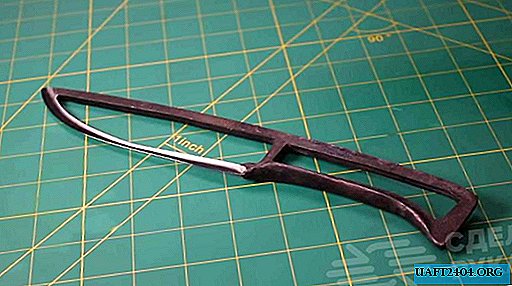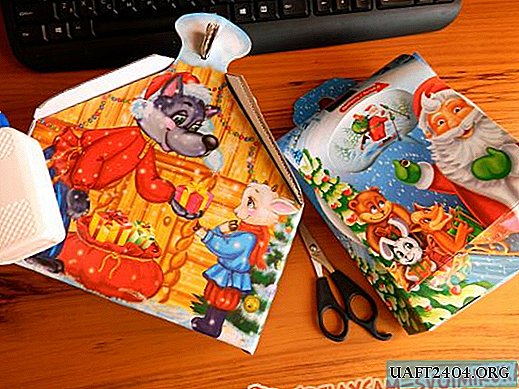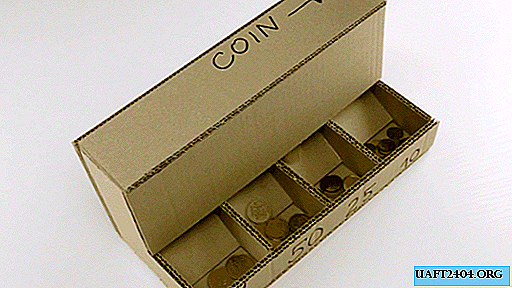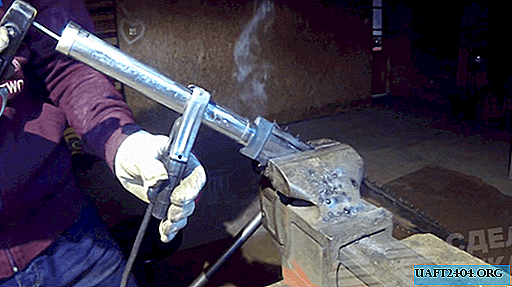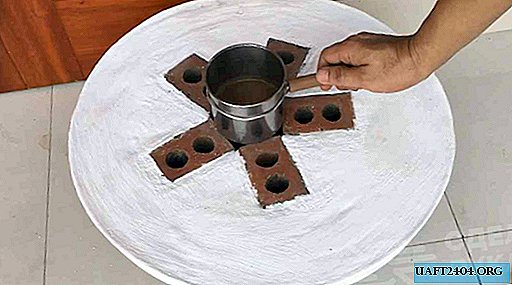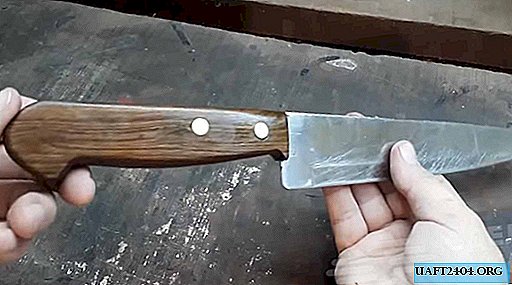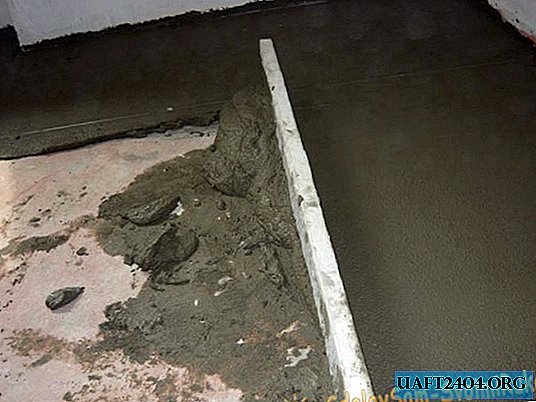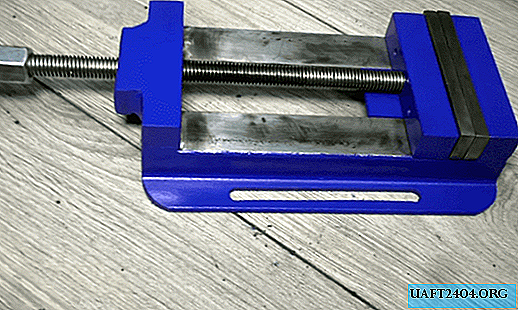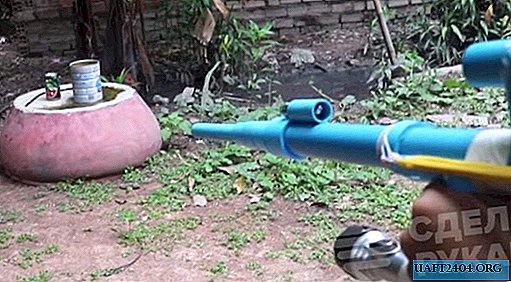Share
Pin
Tweet
Send
Share
Send
When installing wiring, I always give preference to solder joints. I believe that this method provides better electrical contact compared to the usual twisting of wires without soldering or crimping them in a sleeve or tip.
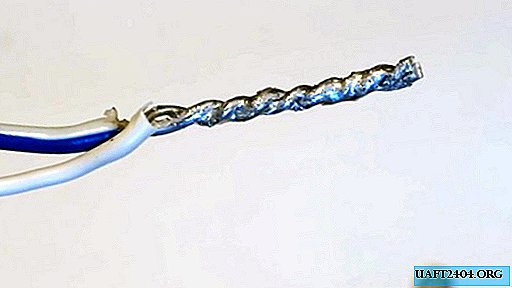
Necessary tools and materials
We will need:
- a regular 40-watt soldering iron;
- knife for stripping and stripping wires;
- flux for brazing aluminum (F-61A, F-59A, F-64, etc.);
- rosin solution in acetone or alcohol;
- lead - tin solder;
- cutting aluminum and copper wires with a cross section of 2.5 - 4 square meters. mm

Let's start soldering
Soldering of twisted aluminum wires
Let's start by soldering twisted aluminum wires. Before twisting the wires, you need to make sure that the surface of the aluminum conductors is clean. Otherwise, you need to strip the wire with a knife. The surface of the wire should be light silver, not dark gray.

We do the twisting with pliers.

We use a special flux for brazing aluminum. It can have a specific brand of F-61A, F-59A, F-64, etc., or simply called "flux for brazing aluminum." A 25 ml bottle costs about 45 rubles and lasts a long time.

Using a brush, apply the flux with a thin layer to the curl from all sides.

Heated to a working temperature soldering iron tip wetted with solder, slightly touching it. Stroking the twist with the working surface of the sting, apply solder to it.

Solder and aluminum are similar in color, but this does not interfere with how the solder spreads over the surface of the wires, filling the gaps between them. It is not worth overdoing with the amount of solder, a thin layer on the surface of aluminum is enough, frozen drops should be avoided.
Brazing

I solder the copper twists in the same way, only the flux in this case is a solution of rosin in acetone. I prepare it as follows. Pour about 30 ml of acetone into the bottle and gradually pour rosin into it, previously ground into powder. By mixing, I achieve complete dissolution of the rosin. As a result, the solution should acquire the color of a weak tea. I also apply the flux with a brush, the consumption of rosin is scanty, and due to the fluidity of acetone, the solution penetrates the smallest gaps. If you use undissolved rosin, it turns out not so neatly, then you have to remove its excess.

Twisting of copper and aluminum wire

When installing electrical wiring, it is forbidden to carry out direct connection of wires with current-carrying conductors made of copper and aluminum. As a result of electrochemical processes, an oxide film forms at the interface between these metals, which increases the transition resistance. The presence of moisture activates the course of the reaction. As a result, the transition begins to heat up, which further accelerates the corrosion process. Copper with aluminum is connected through a third metal. Usually, a bolted connection is used with the installation between the wires of the steel washer, or special clamps that exclude direct contact of the wires.


If necessary, connect the wires to a copper and aluminum core, I proceed as follows.

The copper and aluminum wires that you want to connect, I pre-tin, that is, cover a thin layer of solder.


At the same time, I use my own flux for each metal, and I use the same solder. After that, I twist the wires and solder the twist from the outside. As a result, copper and aluminum wires are connected through a layer of solder separating them. Tin and lead included in the solder are chemically neutral to copper and aluminum, which eliminates the occurrence of electrochemical corrosion. The outer layer of solder, applied to the twist, seals the contact and protects it from external influences.

Sometimes you can hear the opinion that soldering twists carries a potential danger. It is believed that when the twist is overheated, the solder melts and, dripping, damages the insulation of other wires. Let's figure it out.

The twist itself, especially the soldered one, provides an electric contact area many times greater than the cross section of the main wire. And this means that when the wiring is overloaded, the heating of the twist will be the smallest. In this case, the wire will overheat along its entire length, which can lead to melting of the insulation much earlier than to the melting of the solder. The reason for this situation is not the presence of twisting, and not its soldering, but the absence of a circuit breaker or its incorrect selection.
As for the "destructive" action of the molten solder, in the process of soldering you can make sure that his drops accidentally dropped from the tip of the soldering iron do not burn even the newspaper on the table.
Conclusion
When soldering, observe basic safety precautions. Working with an electric soldering iron is fraught with the following hazards:
- electric shock in case of malfunction (phase breakdown on the body and soldering iron tip);
- the possibility of burns (the melting point of lead - tin solders is about 200 ° C).
Share
Pin
Tweet
Send
Share
Send

